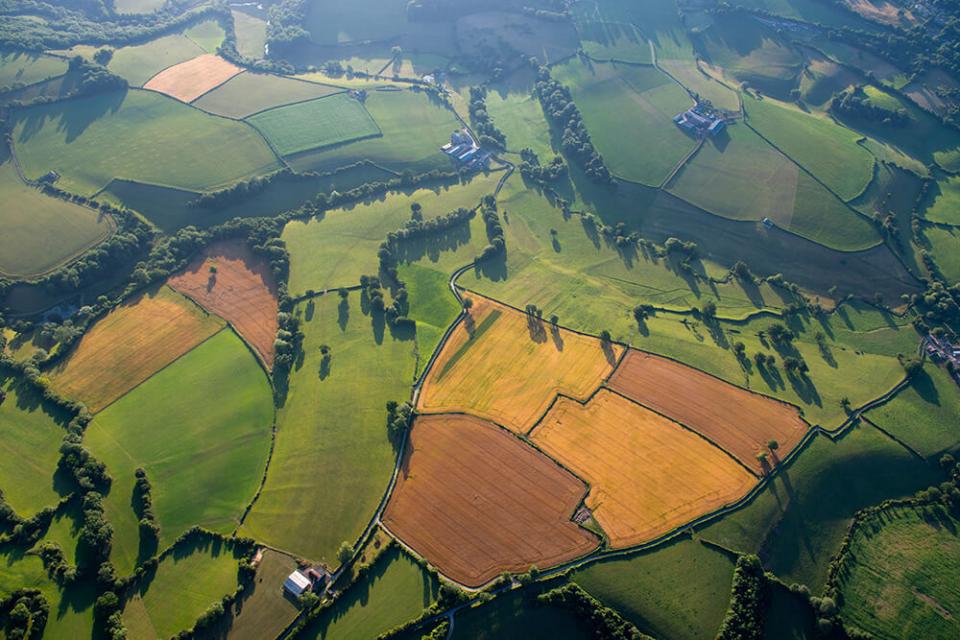More about biodiversity net gain for developers and land owners
Sustainable development is at the top of the political agenda; therefore, increasing biodiversity and halting its decline are significant motivators for the construction industry, landowners, and city planners. The BNG method increases the site’s BNG value or net biodiversity gain. A completed site will have a beneficial ecological impact, providing benefits through habitat development or augmentation once any potential adverse effects have been eliminated or mitigated. Check out the cavity.

So, what exactly is a “biodiversity net gain”?
The Environmental Protection Agency established the concept of Biodiversity Net Gain (BNG). In England, all development proposals must provide a minimum of a 10% net gain in biodiversity, which must be sustained for at least 30 years following the Act. The aim is to increase biodiversity by concrete means, such as adding new habitats or improving existing ones, in tandem with construction. “leave biodiversity in a better state than before” is required for any development proposals.
What does BNG (Biodiversity Net Gain) mean for builders and property owners?
As a result of BNG, developers and landowners in England are responsible for ensuring that their initiatives contribute to a 10% increase in biodiversity.
To get their plans quickly approved, companies need to promptly determine and prove the ultimate BNG value of their project using the prescribed Defra biodiversity metric.
What exactly is a measure of biodiversity?
A metric for measuring biodiversity is available, such as Defra’s Biodiversity Metric 3.1. Metrics are solely concerned with habitats, not the status of any species that may be legally protected. A site’s many habitats are each given a “unit value” by the metrics following their proportional importance to the site’s biodiversity. The local government can then compare this value between the current location and the planned development to guide planning decisions. With this statistic, builders, and landowners may ensure their work improves a property’s biodiversity.
Habitat’s value
A habitat’s worth will be determined by looking at the following criteria:
The size of a habitat
Unique characteristics of an environment
Because of the abundance or rarity of the environment and plant communities
A location’s ecological and geopolitical significance in the region
The site’s connectedness and the habitat’s relationship to neighboring places
Its significance in the immediate area as a habitat.
Tips for Maximizing the Positive Effects of Biodiversity on the Environment
Following the “mitigation hierarchy,” which first seeks to avoid harm, then mitigates it, and compensates for any losses on-site, off-site, or both is necessary for projects to result in a net gain in biodiversity. This is necessary for the sake of planning.
In conclusion, developers who want to positively impact biodiversity through their initiatives should familiarize themselves with the steps required to achieve this goal. A net gain is determined by several variables, such as the nature of the development, the site’s potential, and the scope of the undertaking. To guarantee they’re considering all that needs to be, developers should talk to local planning agencies and environmental groups. Although net biodiversity gains might be tricky to pin down, developers can do their part to ensure their projects have a beneficial ecological impact by familiarizing themselves with the fundamentals of environmental significance.
